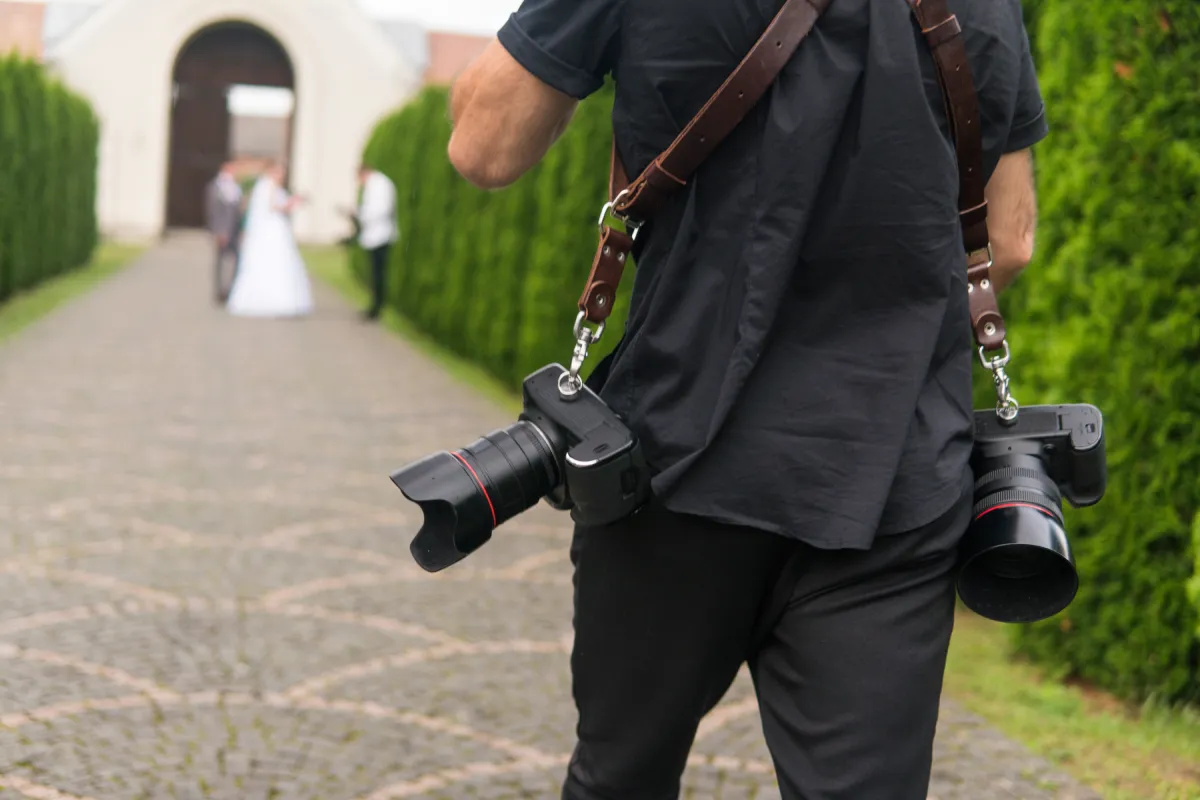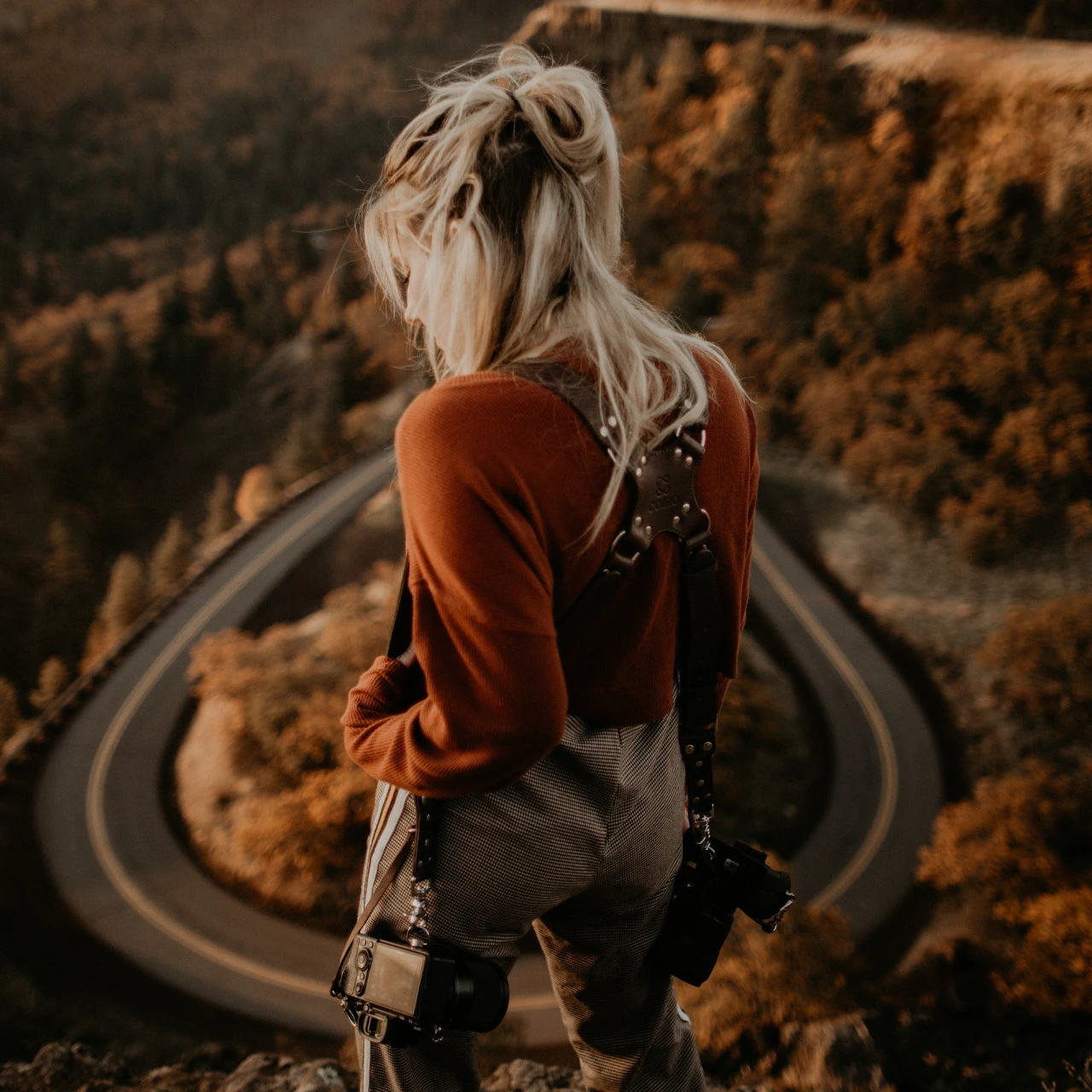Maximizing Comfort and Mobility with a Dual Camera Harness
In the dynamic world of professional photography, the ability to move freely while carrying essential equipment is paramount. A dual camera harness has emerged as a transformative solution, offering photographers the means to enhance both comfort and mobility during extended shoots. This article delves into the intricacies of utilizing a dual camera harness effectively, exploring its design benefits, practical applications, and tips for optimizing its performance. With the right approach, this gear can elevate your workflow, allowing you to focus on capturing the perfect shot.
Understanding the Dual Camera Harness: A Game-Changer for Photographers
A dual camera harness is a specialized carrying system designed to support two cameras simultaneously, distributing their weight across the photographer’s shoulders and torso. Unlike traditional single straps or even basic harnesses, this equipment features adjustable straps, padded support, and quick-release mechanisms, making it ideal for professionals who need to switch between lenses or camera bodies seamlessly. The harness mitigates the strain associated with heavy gear, a common challenge for those shooting weddings, sports, or wildlife.
The evolution of this tool reflects advancements in ergonomic design and material technology. Modern dual camera harnesses, particularly those crafted from premium materials like leather, offer durability and a refined aesthetic. By understanding its core components—such as the chest plate, shoulder pads, and attachment points—photographers can leverage the harness to maintain peak performance throughout demanding schedules.
Benefits of Enhanced Comfort and Mobility
The primary advantage of a dual camera harness lies in its ability to enhance comfort during prolonged use. The weight distribution across both shoulders reduces the pressure points that single straps often create, preventing neck and back discomfort. This is especially critical for photographers who spend hours on their feet, capturing fleeting moments without the luxury of frequent breaks.
Mobility is equally improved, as the harness allows for quick access to both cameras without the need to readjust equipment manually. This efficiency is invaluable in fast-paced environments where timing is everything. For instance, a wildlife photographer tracking a moving subject can alternate between a telephoto and wide-angle lens with minimal disruption. The harness’s design ensures that cameras remain secure yet accessible, striking a balance between safety and agility.
Furthermore, the camera harness integrates advanced features like swivel clips and adjustable tension, enabling customization to fit individual body types and shooting preferences. This adaptability ensures that photographers of all statures can achieve optimal comfort and mobility, making it a versatile tool across various genres.
Practical Applications Across Photography Genres
The versatility of a dual camera harness makes it a staple for diverse photography disciplines. In wedding photography, where capturing candid moments and posed shots requires rapid lens changes, the harness allows professionals to carry a primary camera with a standard lens and a secondary with a flash or macro lens. This setup minimizes downtime, ensuring no moment is missed.
Sports photographers benefit similarly, as the harness supports the weight of robust equipment while enabling swift movements along the sidelines. The ability to pre-set one camera for action shots and another for close-ups enhances coverage efficiency. Even portrait photographers, who may not need two cameras constantly, can use the harness to carry a backup body, ready for unexpected lighting changes.
Fieldwork, such as landscape or travel photography, also sees advantages. The harness frees hands for trekking or adjusting tripods, while the padded support cushions the load during long hikes. Real-world feedback from professionals highlights how this gear has become indispensable, with many noting a significant reduction in fatigue over multi-day shoots.
Optimizing Your Dual Camera Harness for Peak Performance
To maximize the benefits of a dual camera harness, proper setup and maintenance are essential. Begin by adjusting the shoulder straps to align with your natural posture, ensuring the chest plate sits comfortably without restricting breathing. The tension should be firm enough to secure the cameras but loose enough to allow shoulder movement—finding this balance may require a few trial runs.
Regular inspection of the harness is crucial. Check the stitching, buckles, and attachment points for wear, especially if exposed to harsh conditions like rain or dust. Cleaning the harness, particularly leather models, with a damp cloth and leather conditioner preserves its integrity and extends its lifespan. This proactive care ensures reliability during critical shoots.
Additionally, consider your camera configuration. Attach the heavier body to the dominant side and use the secondary for lighter lenses to maintain balance. Experimenting with different setups during practice sessions can refine your workflow, allowing you to adapt the harness to specific projects. Investing time in this process pays dividends in comfort and efficiency.
Choosing the Right Dual Camera Harness for Your Needs
Selecting the ideal dual camera harness depends on your shooting style and equipment. For professionals with heavy DSLRs, a harness with reinforced leather or thick padding, such as those offered by premium brands, provides superior support. Those using lighter mirrorless systems might opt for a more streamlined design, prioritizing mobility over extensive padding.
Material choice is a key factor. Leather harnesses offer a blend of strength and elegance, aging gracefully with use, while synthetic options may appeal for their lightweight properties and weather resistance. Budget and brand reputation also play a role—opting for a reputable manufacturer ensures quality craftsmanship and reliable support.
When purchasing, test the harness with your gear to confirm compatibility. Look for adjustable features and additional attachment points for accessories like lens pouches. By aligning the harness with your specific needs, you can unlock its full potential, transforming your photography experience into one of ease and confidence.
The Long-Term Impact on Your Photography Career
Adopting a dual camera harness is more than a gear upgrade—it’s an investment in your long-term health and productivity as a photographer. Chronic strain from improper equipment can lead to injuries, sidelining your passion. By mitigating these risks, the harness supports a sustainable career, allowing you to focus on creativity rather than discomfort.
Moreover, the professional image projected by a well-fitted harness enhances your credibility with clients. A polished appearance, complemented by high-quality gear, can set you apart in a competitive industry. Over time, the efficiency gained from streamlined workflows can lead to increased bookings and opportunities, making the harness a strategic tool for growth.
As photography continues to evolve, the dual camera harness stands as a testament to innovation in supporting the craft. Whether you’re a seasoned pro or an aspiring artist, integrating this equipment into your toolkit can redefine your approach, ensuring every shot is captured with precision and ease.


Leave a Reply